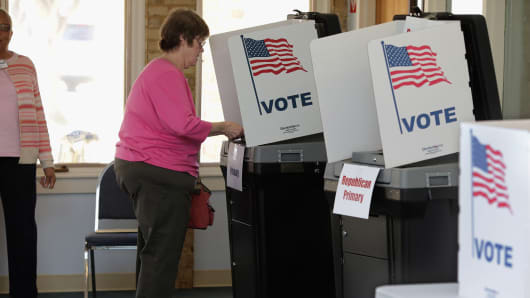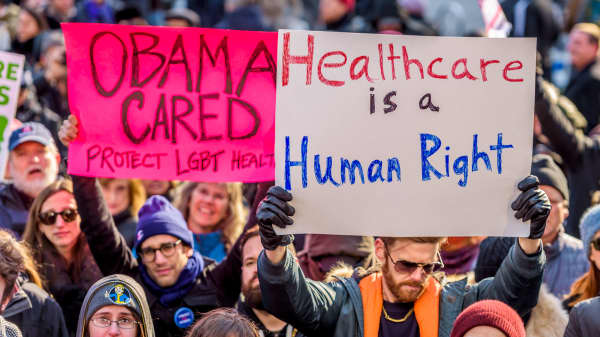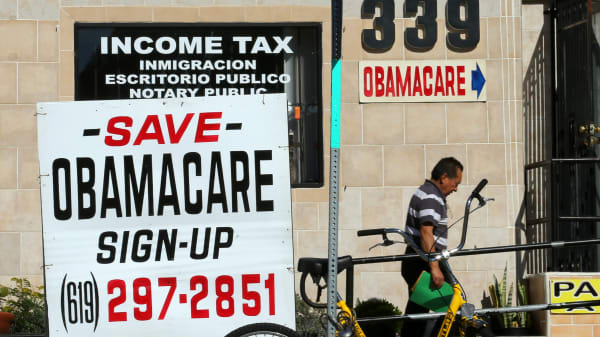For the last seven years, House Republicans have voted dozens of times to repeal or roll back provisions of the Obama administration's signature health-care law.
Now, with control of all three branches of government, the GOP appears to be coming up short on a bill to repeal and replace key portions of the law.
Despite a fierce lobbying campaign by the White House, House Republicans Wednesday had not lined up enough votes to secure passage of the American Health Care Act, which was expected to come up for a floor vote sometime Thursday.
Some GOP holdouts have said the bill doesn't go far enough to provide affordable coverage; others have said it goes too far and costs too much.
Republicans need just 215 votes – shy of the full 218-vote majority – because of several seats left vacant by the nomination of Trump Cabinet appointments. But the latest "whip count" shows that more than two dozen GOP House members plan to vote "Nay" on the bill, according to a tally compiled by NBC News.






